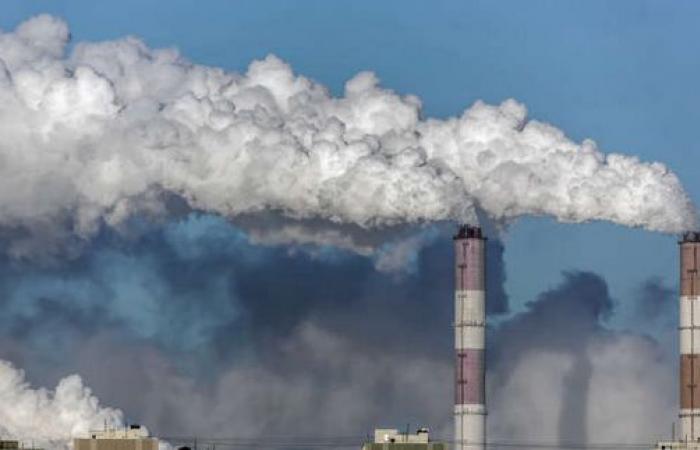The economy is gearing up for financial institutions to create bankable transaction flows from coal to clean coal and, with only 10% of the world’s existing coal-fired power capacity scheduled to be decommissioned by 2030, the opportunity of advancing closing dates is substantial. In this context, the study prepared by the IEEFA, ‘Accelerating the transition from coal to a clean system’uses case studies in five countries (Botswana, Colombia, Morocco, Romania and Thailand) to demonstrate the feasibility of such an approach.
Five case studies for possible immediate action
Of this large group, seven cases in five countries were further explored: Botswana, Colombia (two cases), Morocco (two cases), Romania and Thailand. They were identified five specific opportunities (Collected in the table below these lines) between these five countries that together represent approximately 8GW in coal assets, where it is economically profitable to run a PPA program to replace coal generation with an investment in renewable energy generation (and, in some cases, energy storage).
For each, it is indicated that if renewables are operational between 2026 and 2028, the projects can completely end carbon dioxide emissions from those assets by 2029. In addition, the transactions are feasible without subsidies and capital can be obtained a return on investment thanks to significant gains in power purchase agreements and cost-competitive renewable energy technology.
While a transition from coal to a clean model is profitable without subsidies for the projects analyzed, there are currently limited resources to identify similar opportunities and support local teams that can create bankable business cases. This provides an ideal entry point for philanthropic organizations, private financial institutions or development banks to fund dedicated teams that can assess whether transactions are viable, de-risk them and deliver them to eventual developers.
According to the report, with many emerging markets lacking the resources to develop carbon-to-clean energy transactions, philanthropic financing can be transformative by rallying global support and striking deals, which also offers an excellent opportunity for financial institutions to create their own. bankable transaction flow from coal to clean.
Paul Jacobson, IEEFA guest contributor and author of the report: “There is a strong business case for replacing aging coal power plants with large-scale solar and storage systems, transforming the energy landscape and economic potential of emerging markets. Such programs can accelerate the decommissioning of generation assets of emerging economies in more than 10 years, while providing the basis to attract significant foreign direct investment and create significant new employment opportunities.
An approach focused on large renewable projects
The model proposed by the research considers that renewable energies are built and introduced gradually to coincide with a gradual reduction and closure of coal generation capacity. The transaction works because significant profits from renewable energy PPAs are guaranteed for 20 to 30 years.
Such agreements can pay for all costs associated with the transition from coal to clean energy, including site decommissioning, recovery of capital losses from decommissioning an operating asset, PPA financing, construction and energy development. renewables, retraining workers and improving grid infrastructure to support more clean energy.
The report concludes that an ambitious renewable energy development program is more likely to be viable than small transactions. This is because large-scale approaches can become national priorities, leading to long-term cost efficiencies and the development of a local employment base.
IEEFA Credentials
He Institute of Energy Economics and Financial Analysis (IEEFA) examines issues related to energy markets, trends and policies, with the goal of accelerating the transition to a diverse, sustainable and profitable energy economy. IEEFA market research shows how the new energy economy and the rise of renewable energy sources in the face of dependence on fossil fuels, make financial sense for investors, governments, companies, communities and taxpayers.
Related Posts
CO2 emissions from coal, gas and oil reach levels never seen before
Coal collapses, and will soon be a memory of the past
Where is the coal, who is extracting it, how many emissions does it produce…
Ten countries commit to living without coal in 2030


